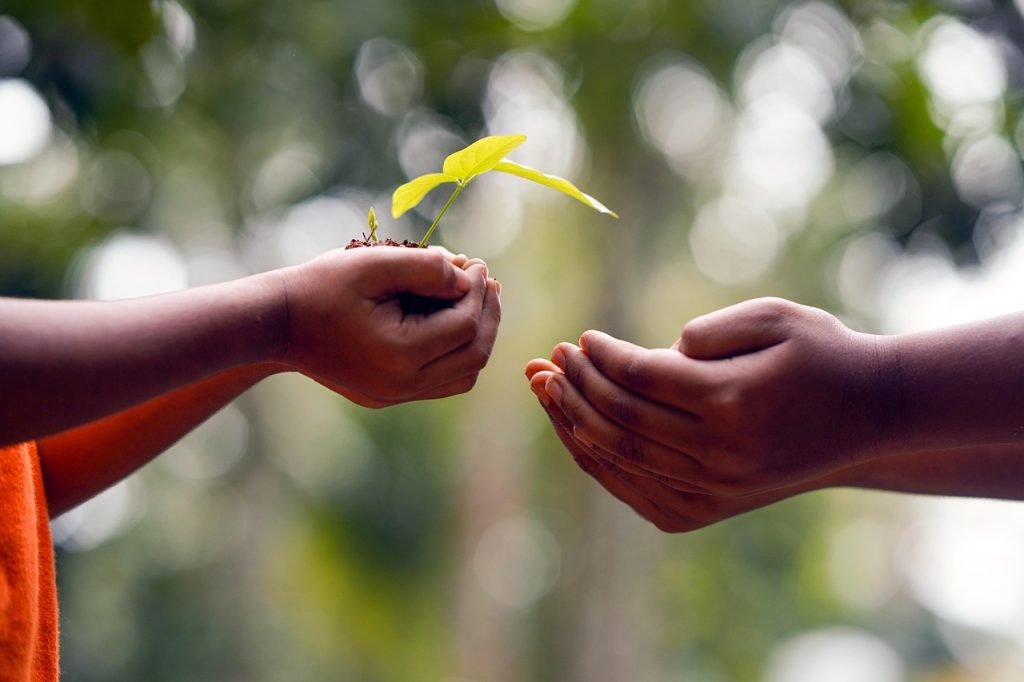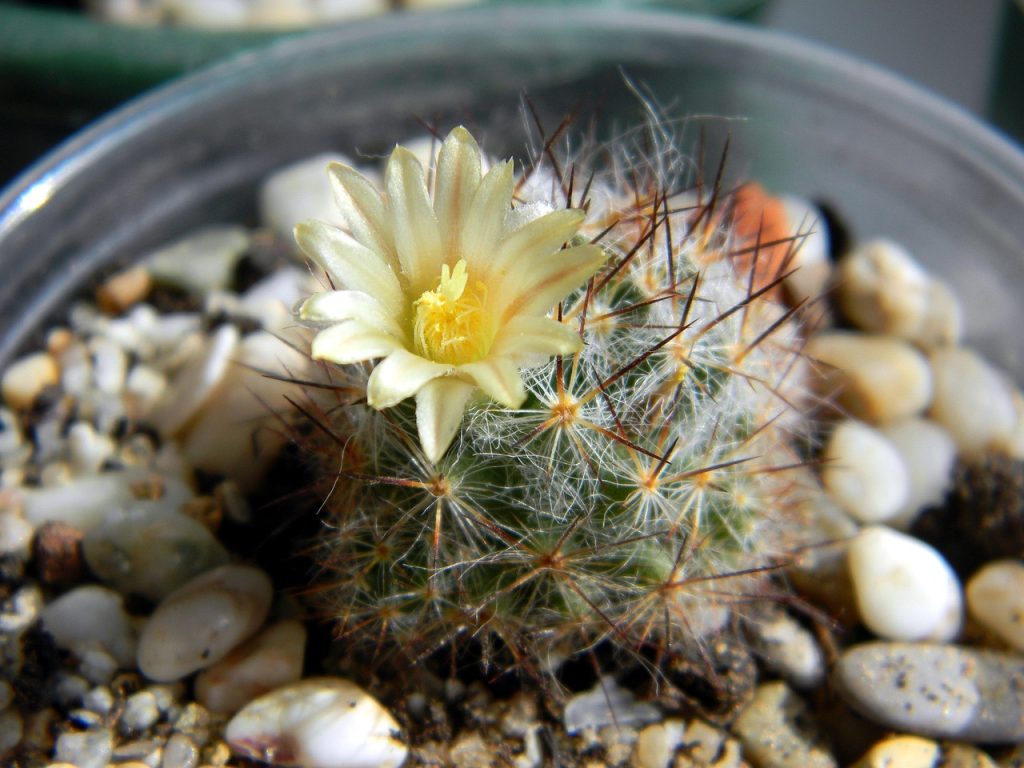Indoor plants have become an integral part of modern living, bringing a touch of nature into urban environments. As a beginner, navigating the world of indoor gardening can be overwhelming with so many plant varieties and care requirements. This comprehensive guide will walk you through everything you need to know to start and maintain a thriving indoor garden.

Why Indoor Plants?
Indoor plants do more than just beautify your home. They purify the air, boost mood, and can even improve concentration and productivity. NASA’s Clean Air Study famously highlighted several plants that effectively remove harmful toxins from the air, making your indoor environment healthier.
Choosing the Right Indoor Plants
Understanding Your Environment
Before purchasing plants, assess the lighting, temperature, and humidity levels of your home. Most indoor plants thrive in bright, indirect light, but some can tolerate lower light conditions. Consider the following when selecting plants:
- Lighting: South-facing windows provide bright, direct sunlight, while north-facing windows offer low light. East and west-facing windows receive moderate light.
- Temperature: Most indoor plants prefer temperatures between 60-75°F (15-24°C).
- Humidity: Tropical plants thrive in high humidity, while succulents and cacti prefer drier conditions.
Top Beginner-Friendly Indoor Plants
Not all plants are created equal. Some require more attention and care, while others are more forgiving. Here are some top beginner-friendly plants:
- Snake Plant (Sansevieria): Known for its hardiness, it can survive with minimal light and water.
- Pothos (Epipremnum aureum): Thrives in a variety of lighting conditions and is very forgiving of irregular watering.
- Spider Plant (Chlorophytum comosum): Great for beginners, it grows quickly and can adapt to different environments.
- ZZ Plant (Zamioculcas zamiifolia): Requires low maintenance and does well in low light conditions.
- Peace Lily (Spathiphyllum): Known for its air-purifying qualities, it prefers indirect light and regular watering.
Beginner’s Guide to Indoor Plant Care Basics
Watering
Overwatering is a common mistake that can lead to root rot. To avoid this, allow the top inch of soil to dry out between waterings. Use a pot with drainage holes to prevent water from accumulating at the base.
Lighting
Different plants have different light needs. Place plants in suitable locations according to their light requirements. If natural light is insufficient, consider using grow lights to supplement.
Soil and Potting
Use a well-draining potting mix suitable for each plant type. For example, succulents and cacti require a sandy mixture, while tropical plants prefer a peat-based mix. Repot plants as they outgrow their containers to ensure they have enough space for root development.
Fertilizing
During the growing season (spring and summer), fertilize plants every four to six weeks with a balanced fertilizer to promote healthy growth. Reduce fertilization during the dormant winter months.
Pest Control
Keep an eye out for common indoor pests like spider mites, aphids, and mealybugs. Use insecticidal soap or neem oil as a natural remedy to keep pests at bay.

Common Challenges and Solutions
Yellowing Leaves
Yellow leaves can indicate overwatering, underwatering, or nutrient deficiencies. Check the soil moisture and adjust your watering schedule accordingly. If nutrient deficiency is suspected, apply a balanced fertilizer.
Leggy Growth
This often results from insufficient light. Move the plant to a brighter location or provide supplemental lighting to encourage fuller growth.
Root Rot
Root rot is caused by consistently wet soil. Ensure that pots have drainage holes and allow the soil to dry out between waterings. Remove any affected roots and repot the plant in fresh soil if necessary.
Seasonal Tips for Beginner’s Guide to Indoor Plant Care
Spring
Spring is a time of growth, making it ideal for repotting and fertilizing your plants. Gradually increase watering as the days get longer and warmer.
Summer
With increased light and warmth, plants may require more frequent watering. Monitor for pests, as they are more prevalent in warmer months.
Autumn
Start to reduce watering and fertilization as plants prepare for dormancy. Clean leaves to maximize light absorption as daylight decreases.
Winter
Lower light and humidity levels mean plants will need less water. Avoid placing plants near drafts or heat sources that could cause stress.
FAQ
How often should I water my indoor plants?
The frequency of watering depends on the type of plant, the size of the pot, and environmental conditions. Generally, allow the top inch of soil to dry out before watering.
Can I use tap water for my plants?
Most indoor plants are fine with tap water, but it’s best to let it sit out overnight to allow chlorine to dissipate. Some sensitive plants may prefer distilled or rainwater.
What if my plant isn’t growing?
Check if the plant is receiving enough light and the right amount of water. Consider repotting if the roots are crowded or checking for pest infestations.
Conclusion
Embarking on your indoor plant journey is both rewarding and therapeutic. By understanding the basic needs of your plants and being attentive to their growth patterns, you can create a lush, green indoor oasis. Remember, patience and observation are key—your efforts will soon be rewarded with thriving plants that enhance your living space.